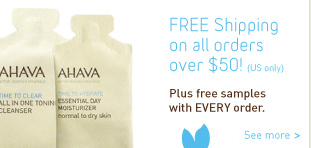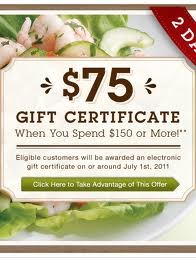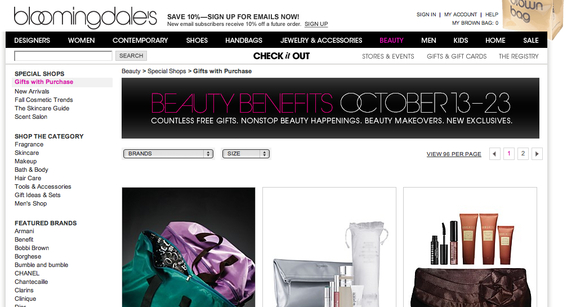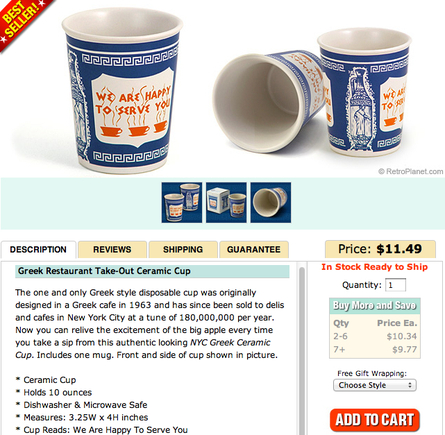Thanksgiving has nearly disappeared at many retail outlets, as companies push customers into holiday shopping even before Halloween candy has had a chance to be cleared from the shelves.
Shoppers are quickly reminded that Christmas is less than 10 weeks away, and they’ll be combing online resources and stores to find the best deals. Key decision-making offers include free or discounted shipping, bonus gifts, per-item specials and return policies.
Your goal, however, shouldn’t solely be focused on selling to the largest number of people. More items per order garners higher profits.
Multi-item purchasing means less time spent processing and shipping orders, providing maximum benefits per transaction.
5 Ways to Promote Multi-Item Orders
Consider these options to promote multi-item orders.
- Free shipping. Most of the big guys already offer this based on order subtotal — commonly at $25, $50 or $75 thresholds. The upcoming season will be very competitive on the ship-charge front.
Cosmetics retailer Ahava offers free shipping on orders over $50.
-
Free gifts. Health and beauty sites fare well by offering freebies, either based on order total or specific product purchases. Many other types of stores, though, can also benefit.
-
Volume pricing on individual products. Shoppers might not have considered buying the same gift for several people.
-
Cross-section discounting. By offering a savings when X amount of products are purchased across a selection of items, shoppers will spend longer perusing your site, hoping to take advantage of the deal.
-
Future purchase offers. This past summer I spent $150 at Cooking.com because it offered a $75 gift certificate for me to spend on myself. It was a great deal — one I couldn’t pass up. (Confession: Had they offered me just 20 percent of the sales amount as a “gift” to spend on myself, I would have taken that deal just as quickly.)
Prepping Your Store for Multi-Item Purchases
Since not all shoppers think the same, several features may need adjustment.
- Use a graphical banner to outline special offers. The most prominent space for this is at the top of the page or section, followed by top left or right below navigation.
- Remove any “instant checkout” buttons that appear directly on product displays. Checkout should still be easy to access and complete, but don’t tempt the shopper to purchase single items.
- Display a message when an item that qualifies for bulk discounting is added to the shopping cart. For example, “Save 20% when you buy 3 or more!”
- Display a message that shows how much more the shopper needs to spend to get free shipping or a gift. For example, “Spend $18.50 more and get free shipping.”
It also helps to be aware of the mindset of the typical shopper. Average consumers see percentages differently, depending upon the retail price. Thus, savings should be displayed by percentage for smaller priced specials, and by dollar amount for larger purchases.
For example, “20% off” a $5 item is a savings of only a dollar. 20 percent off a $250 item is $50. “20%” seems higher than $1, and $50 seems higher than 20%.
In this case, it’s all about perception.
Summary
Regardless of search engine, pay-per-click and advertising campaigns, using methods like these to promote multi-purchasing should be at the top of your holiday sales list. And since the real blitz starts at the beginning of November, there’s still some time to make some key adjustments.








